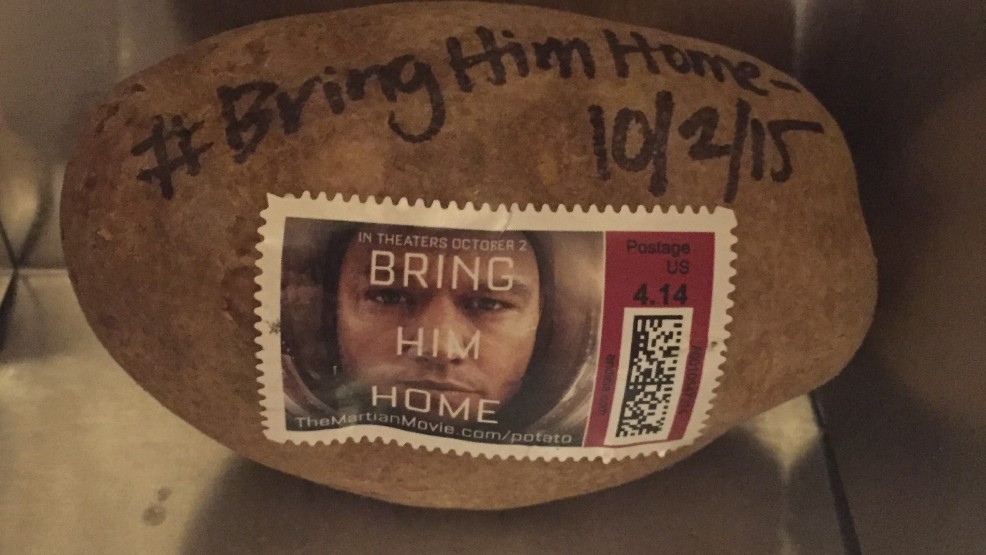3D printing is driving Part Time Scientists closer to winning the $30 million Google Lunar XPRIZE. Working with German auto manufacturer Audi, the PT Scientists have completed the design for the ALINA lunar lander and the Audi Lunar Quattro Rover. The Quattro is an off-world vehicle designed to complete the challenge of driving 500 meters across the moon and sending back photos. The PT Scientists are a, “Berlin Germany based team of scientists and engineers working with the AUDI AG on the first private Mission to the Moon.”
The ALINA lunar lander has “ultra lightweight structural optimisation, specifically in the form of Aluminum and Magnesium based 3D printed structural parts.” 3D printing contributed to a 17lb (8kg) weight saving. While at first glance not a substantial figure, even relatively small savings help as the cost per kilo of cargo on a rocket can reach over $20,000.
Saving costs at launch, and designing projects that can withstand the extreme stress of a launch is one area where 3D printing can help. Another is the construction of off-world buildings and even future spacecraft.
A clip from the Audi mission to the moon video.
3D printing with moondust
Speaking to an audience at the Chaos Computer Club (CCC) earlier this year, PT Scientist Karsten Becker explained how moondust, aka Lunar Regolith, could be used as the building blocks for future off-world structures.
Billions of years of meteorite impacts have transformed the bedrock of the moon into this regolith, a fine powdery substance that scientists estimate may reach down as far as 15 meters in places, but has an average depth of 4-5 meters. This material is sometimes referred to as soil, however with an absence of organic matter this term is incorrect.

While unsuitable for growing potatoes, lunar regolith does contain metals and could be used for off-world construction.The absence of water in a liquid form and the effect of the solar wind means that lunar regolith is very dry and metals such as iron, found in the regolith are in a lower state of oxidization. A study this year concluded that, “experiments show that microwave sintering is a feasible approach to 3D-printing in lunar environment.”
Interplanetary filling stations
Audi envisions using off-Earth resources to construct buildings or unlocking ice deposits at the lunar poles to make fuel which can be used to supply, “filling stations in space that would dramatically reduce the cost of long-range missions.”
The project has also caught the attention of the European Space Agency (ESA), and when 3DPI visited the International Astronautical Congress in Mexico back in September, Jan Woerner, Director General at ESA, made the point that the PT Scientists group were a great example of engaging young professionals in research.
The project is an exciting one because it combines so many elements in the quest to reach a fantastic goal, illustrating how 3D printing really can benefit from people with a diverse skill set and incredible imaginations. Or the Audi promo video puts it, “What distinguishes visionaries from the ordinary, is they see things that others don’t see or understand.”
The mission has a planned launch date of December next year.
Featured image shows the Audi Lunar Quattro Rover. Image via Audi.



